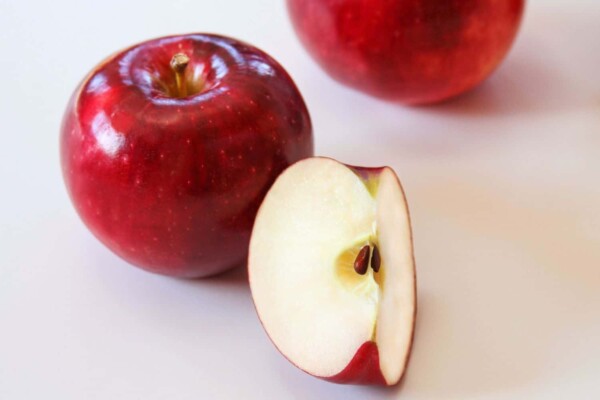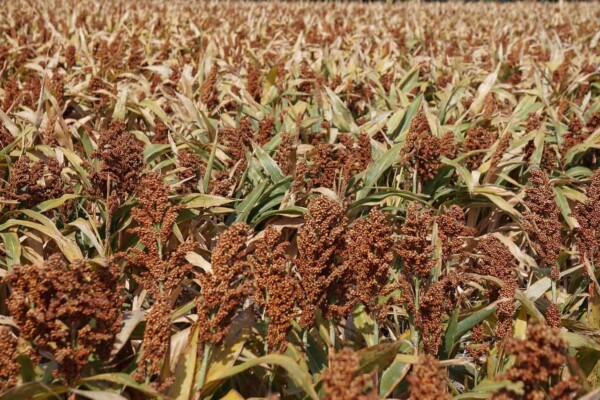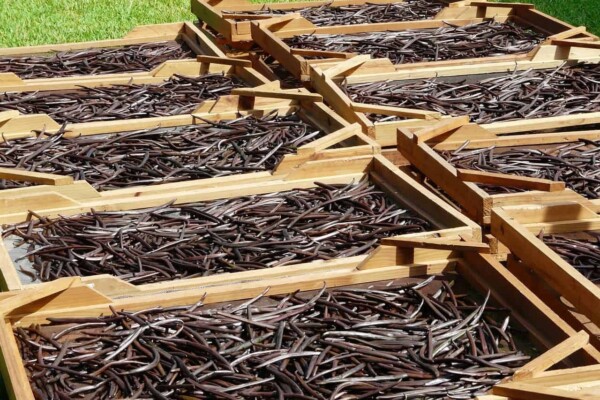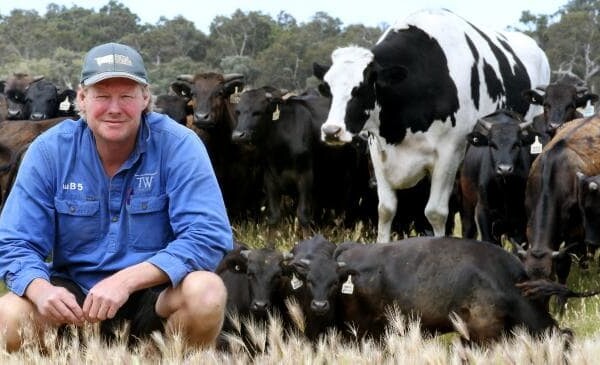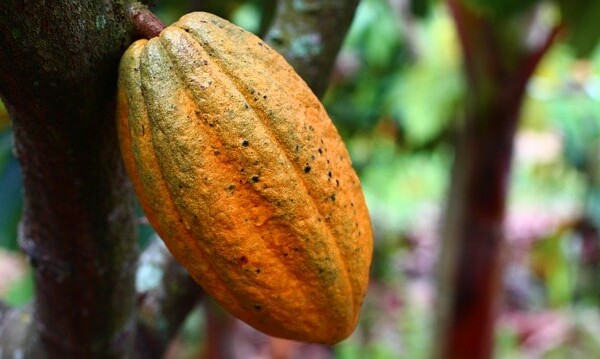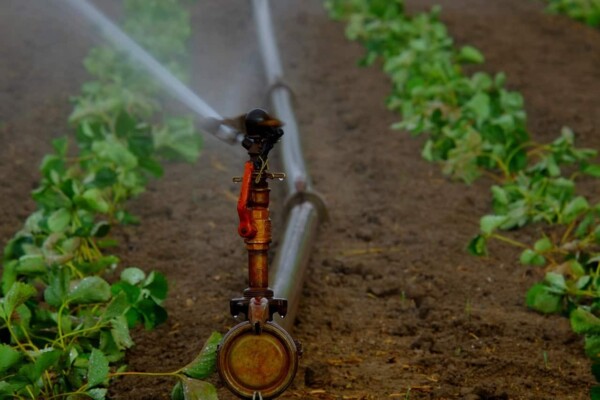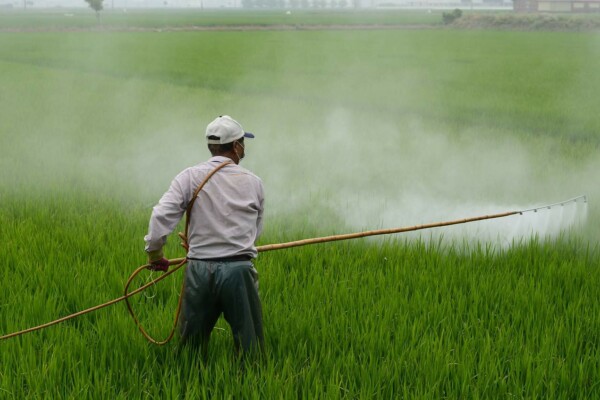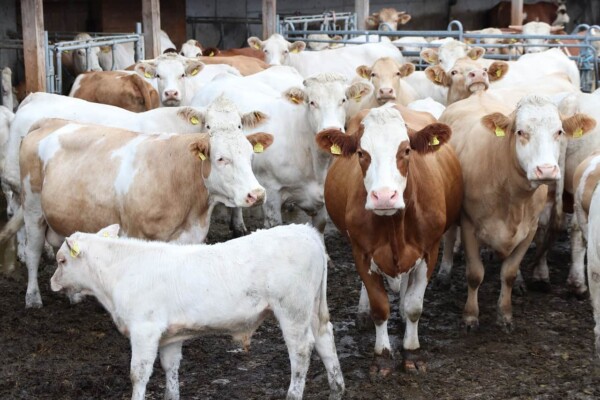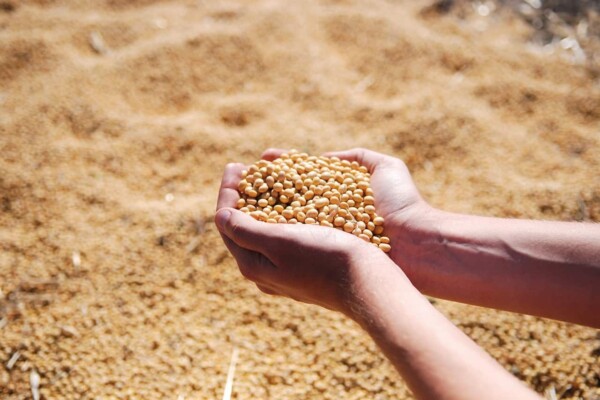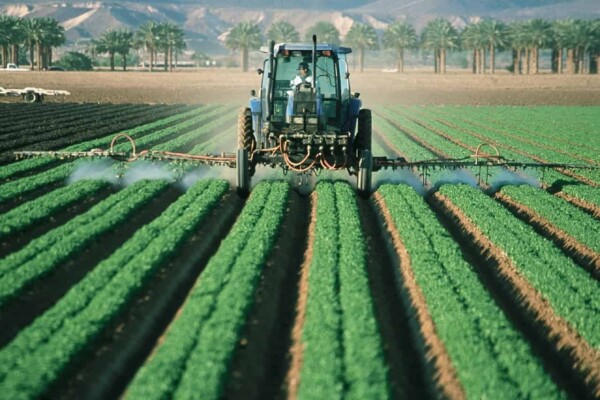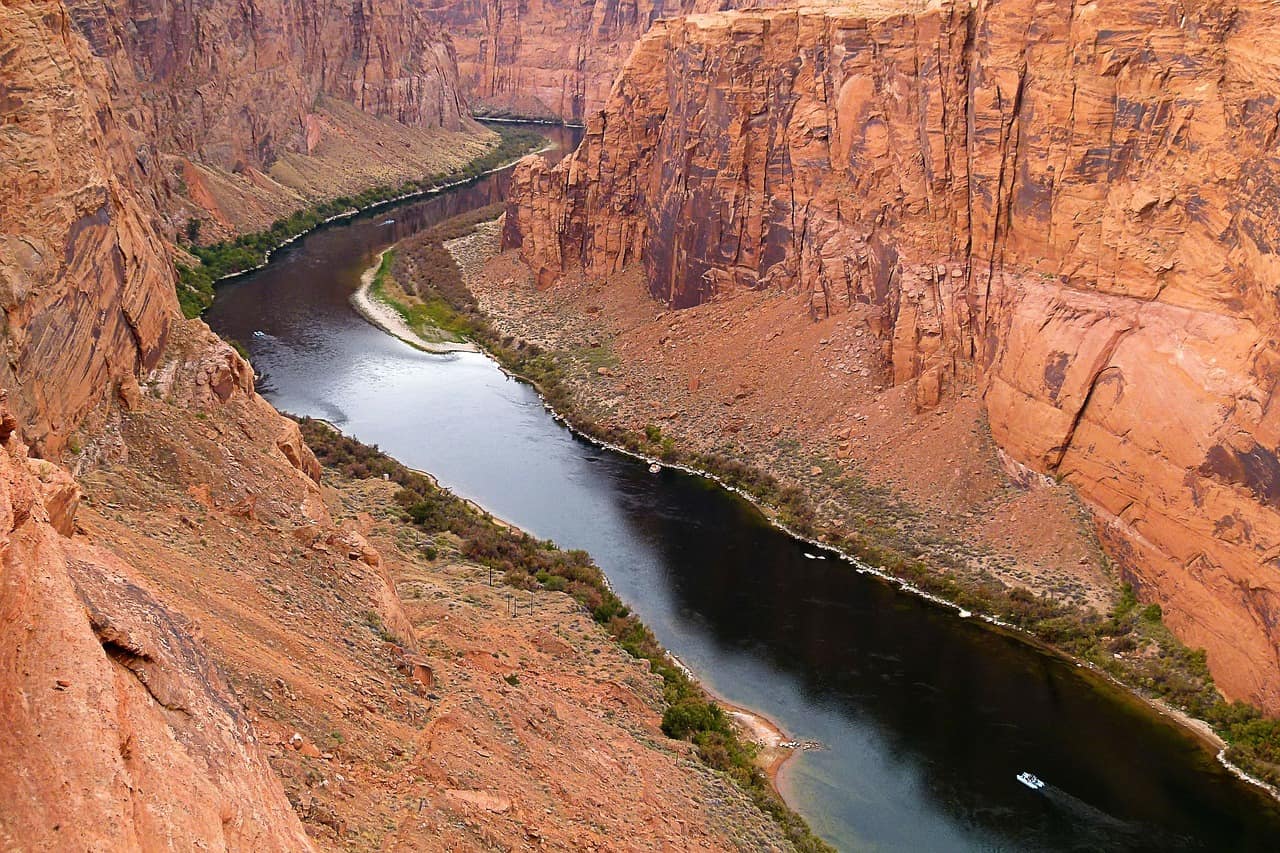
The summer of 2018 brought one of the worst drought periods in the history of Las Vegas, which prompts authorities to win the race with time in order to find viable solutions for this serious problem. Federal water managers said that the odds for a serious shortage in the vital river system by 2020 have been considerably increased over the last years.
The Colorado River and its tributaries serve approximately 40 million people and 6,300 square meters of farmland in the US states of Arizona, Nevada, New Mexico, California, Colorado, Wyoming, and Utah as well as Mexico. The reservoirs established at Lake Mead and Lake Powell are in danger of not supplying enough water after a period of
If the surface of Lake Meads drops below 1,075 feet above sea level, Arizona, Nevada
The drought in the Colorado River region is dated back to 2000 by the Bureau of Reclamation, but according to some researches, the river may be
Farmers in Arizona, who would be the first to be cut off from irrigation water resources in the event of a sharp decline in the amount of water accumulated in Lake Mead, are already taking safety measures. They started to dig several wells in the event they will no longer have access to the resources of the Colorado River.
Conservation measures in Las Vegas, Nevada
According to the Las Vegas Valley Water District, the Las Vegas is heavily dependent for its water supply on the Colorado River. About 90% of the water used in the area comes from the river, which is facing the longest drought period on record. Lake Mead, the source of the majority of the drinking water used by local communities is also in danger. Its water level has dropped more than 130 feet since 2000.
More than a decade ago, the Las Vegas Valley Water District began to implement conservation measures and drought-related restrictions. The measures were successful so far, as the water consumption was reduced by 28 billion gallons between 2002 and 2017, even if the population increased by more than half a million people. Some of the measures implemented include landscape watering assignments, outdoor watering restrictions, water rates
There are also limitations regarding the planting of turfs for residential areas, water fountains, car washing and the maintenance of golf courses. In some cases, water consumption is prohibited, for example to wash buildings, surfaces or equipment, unless certain conditions are met.
Alternate water sources
The Southern Nevada Water Authority recently decided to appeal a decision by Nevada’s top state water official which denies the agency usage rights for the groundwater in parts of Lincoln and White Pine counties. The authority officials have developed a pump-and-pipeline plan for a long-term water supply option which is supposed to help Las Vegas not rely only on the Colorado River and Lake Mead for water. The pipeline line would carry approximately 75,000 gallons of water daily over a distance comparable to a drive from Las Vegas to Los Angeles. This water source would serve more than 165,000 homes in the region.
However, the plan is not only extremely costly, but it’s also opposed by environmental groups in Nevada and Utah, as well as by religious groups who own farmland in these regions. Their main concerns is that the water supplies are not enough for such an ambitious project and that the parched valleys would be reduced to desert areas.

